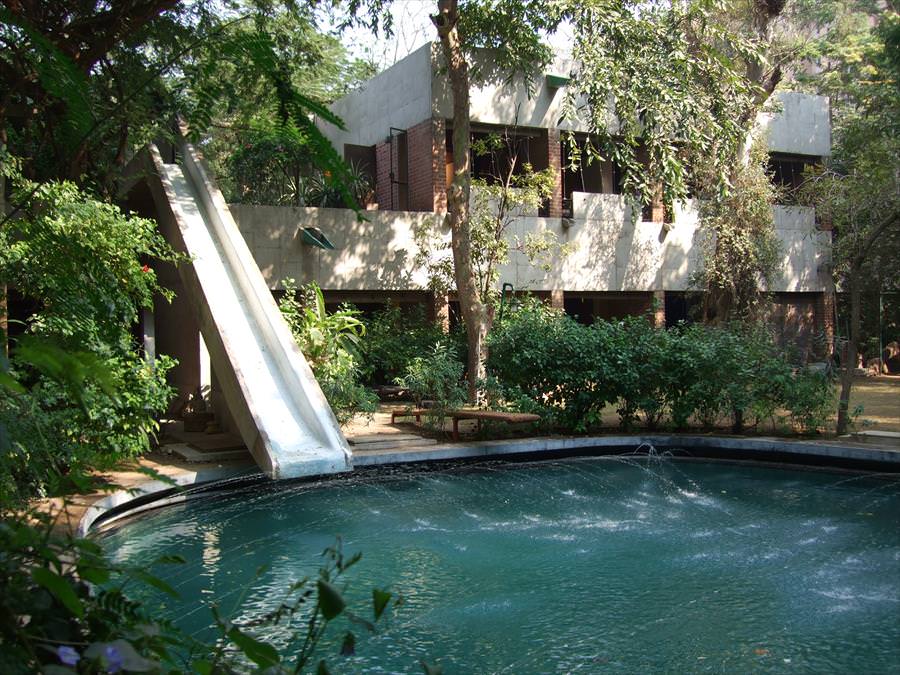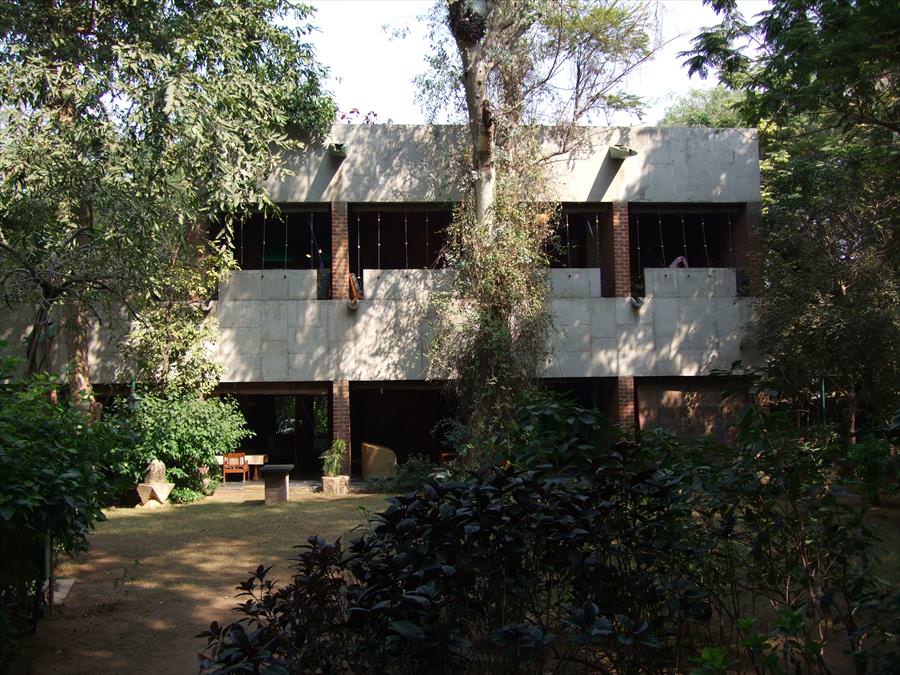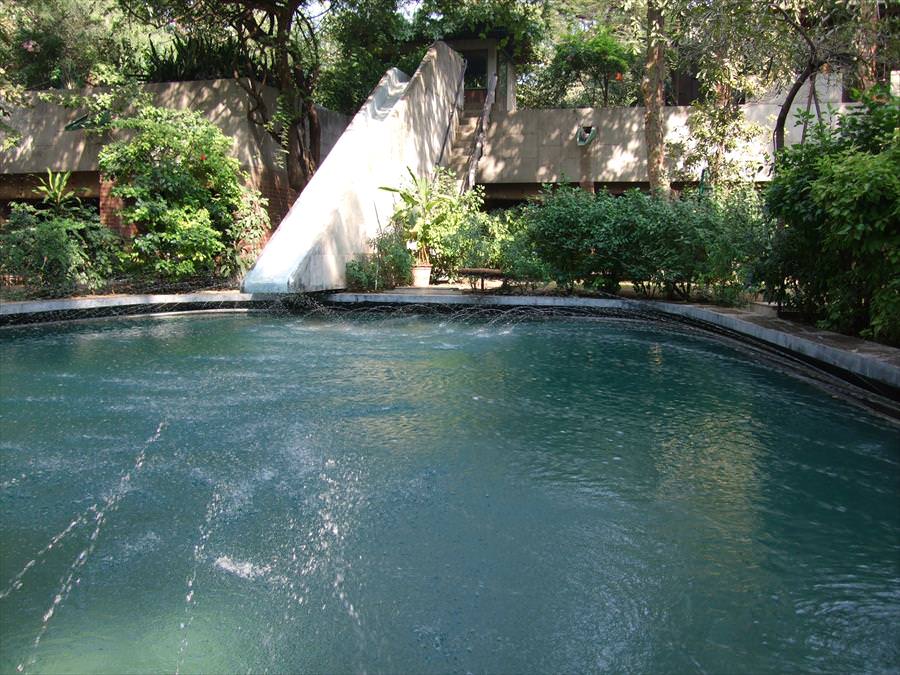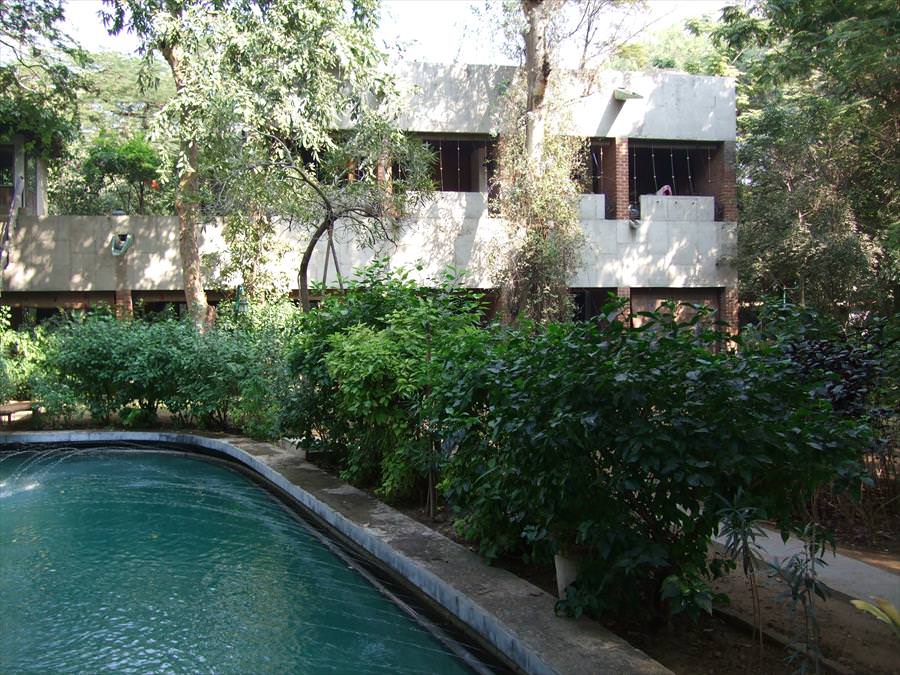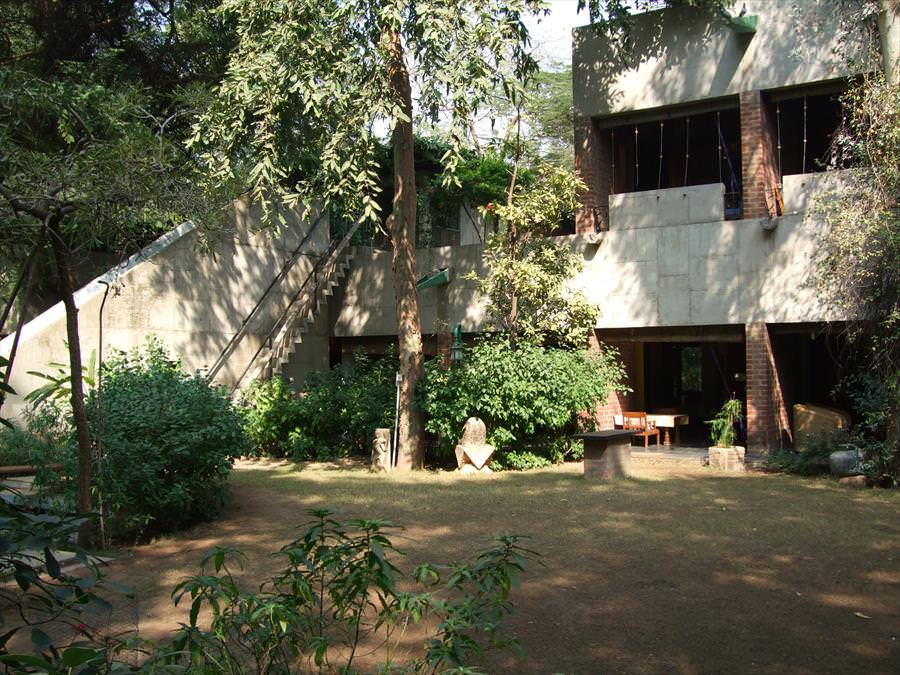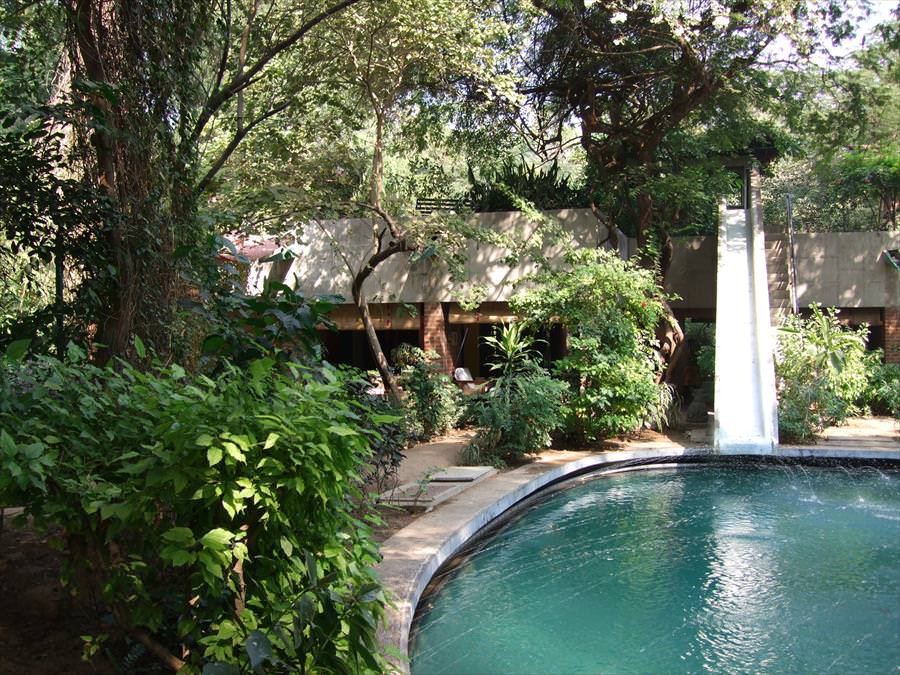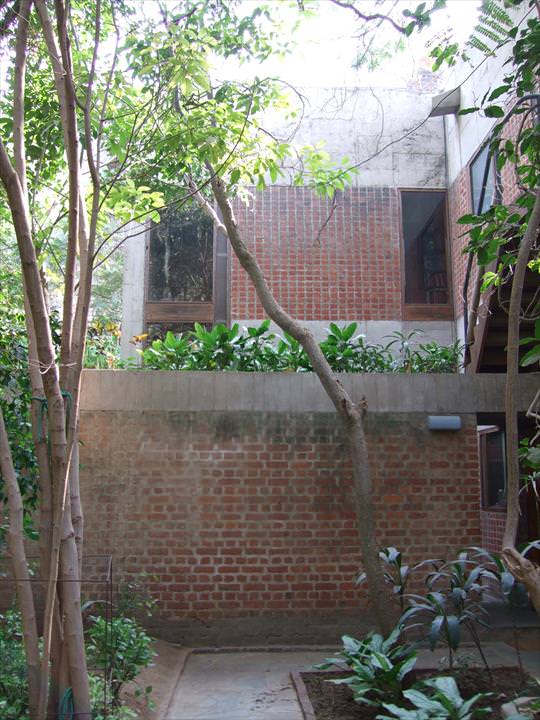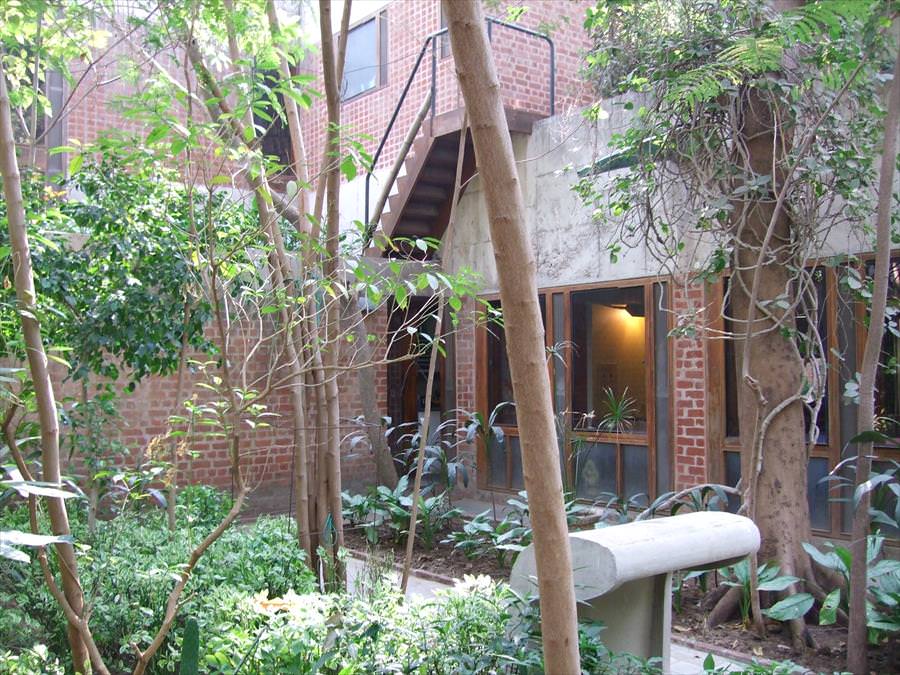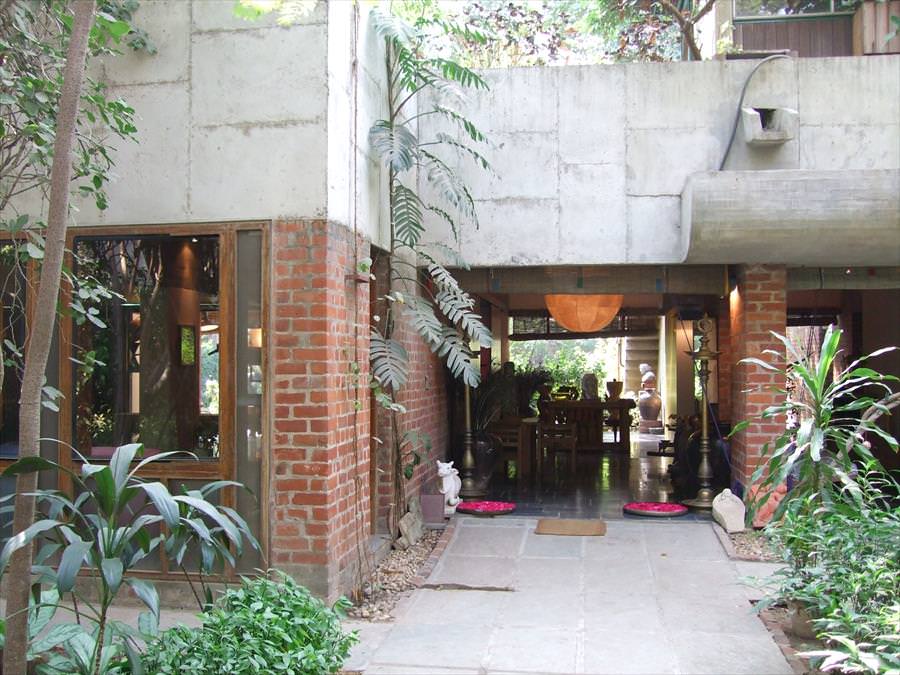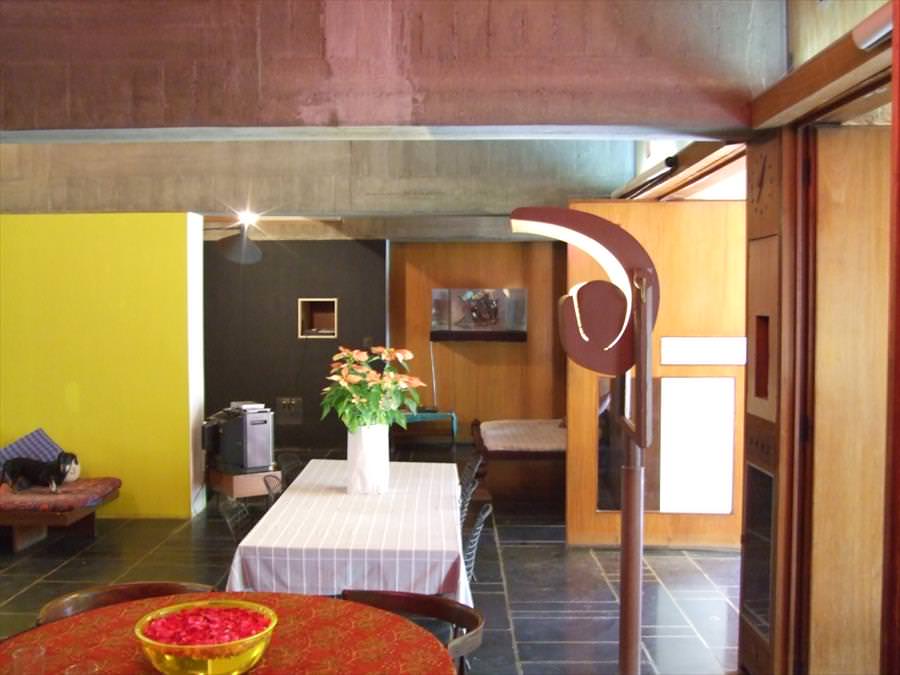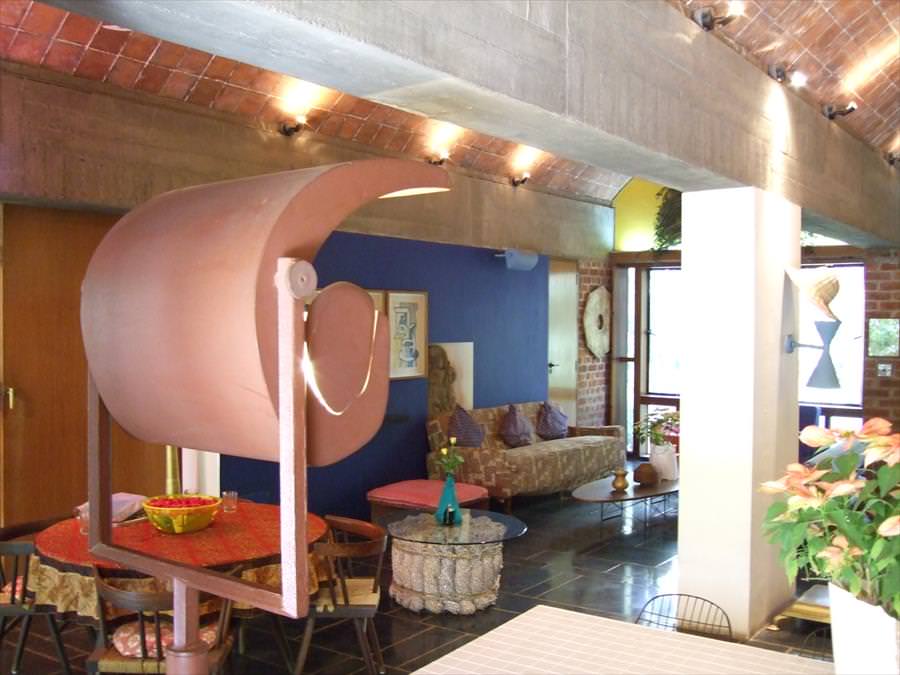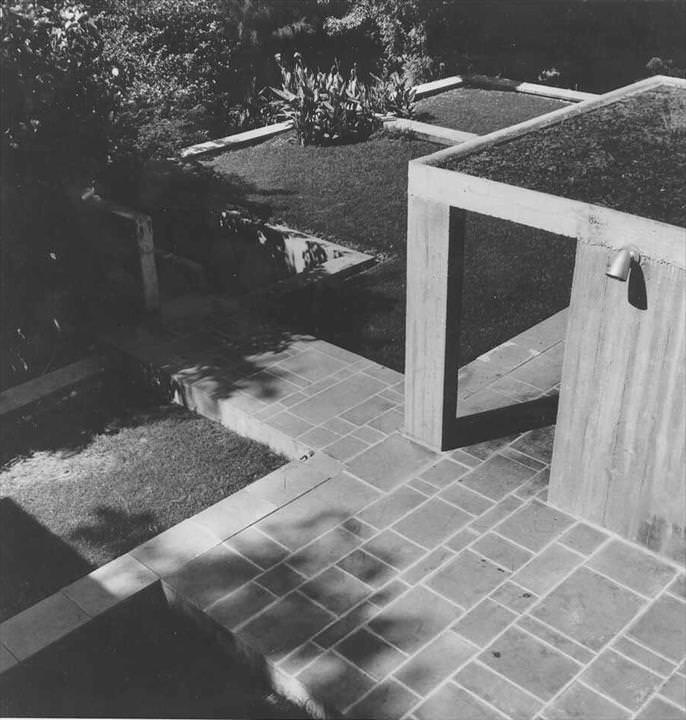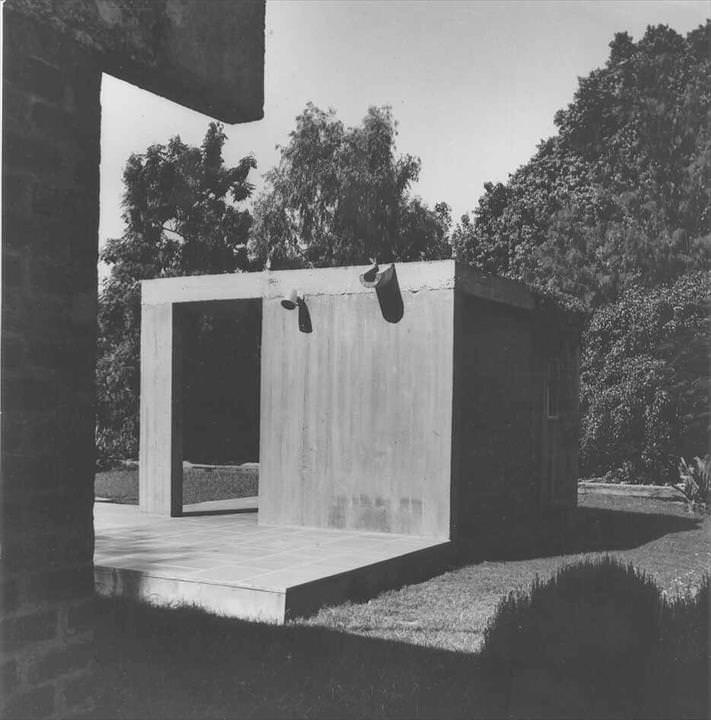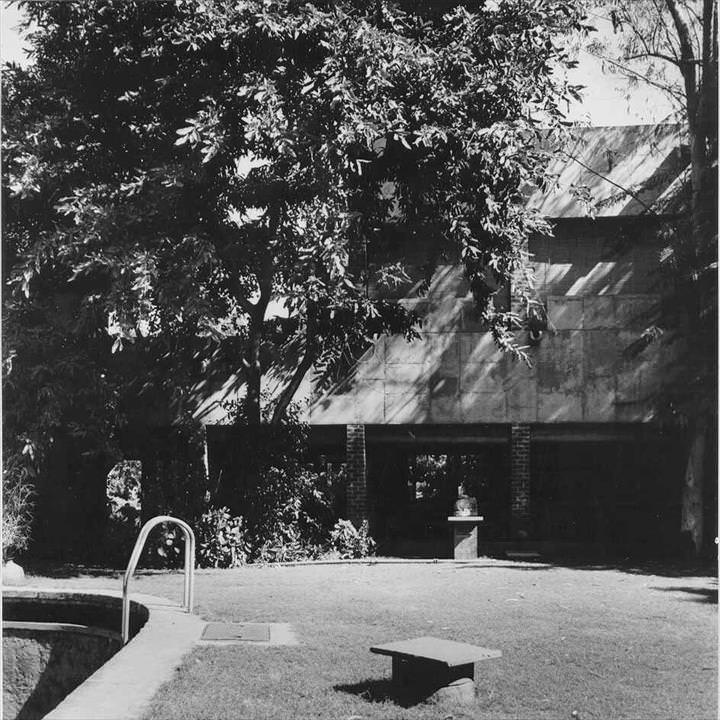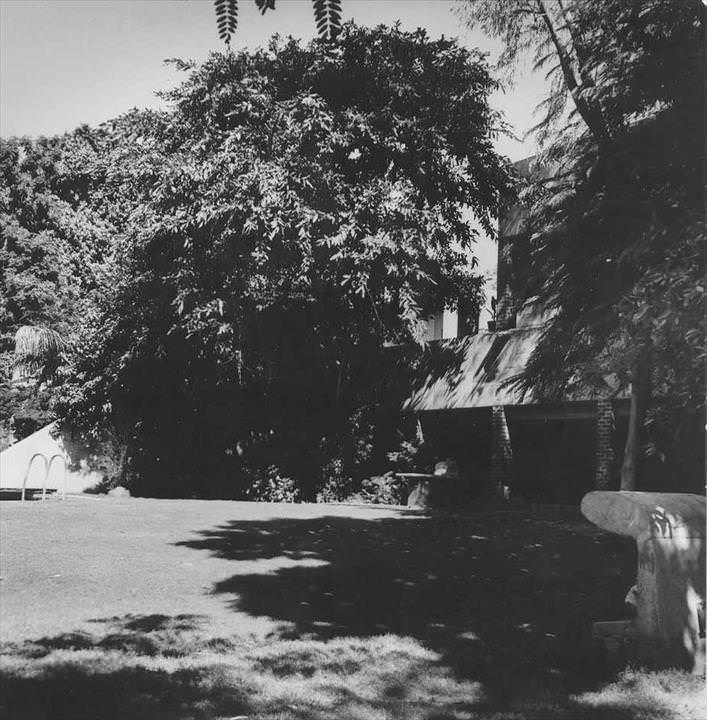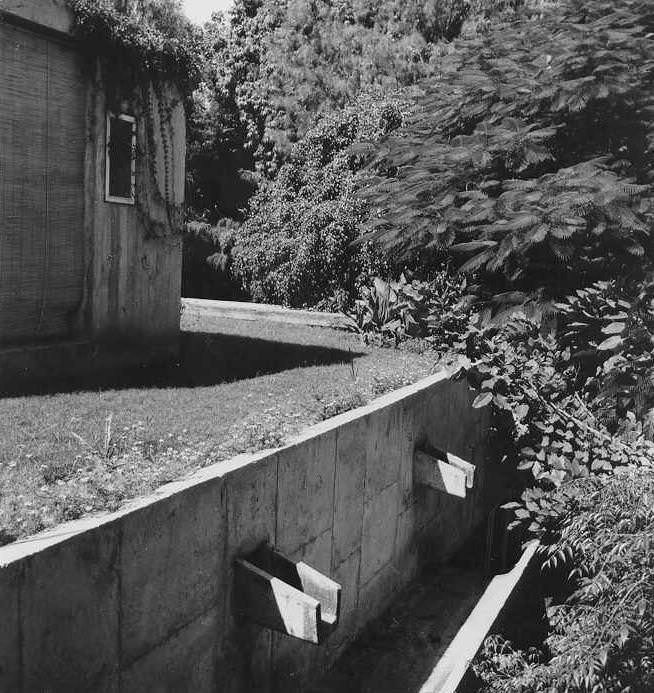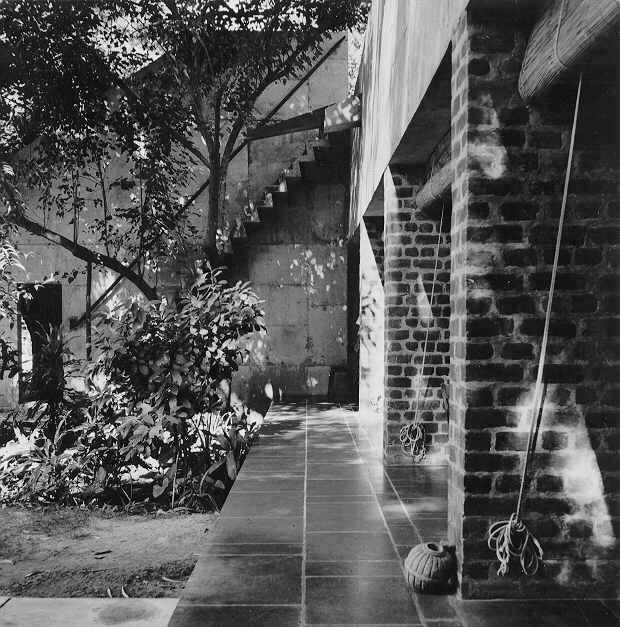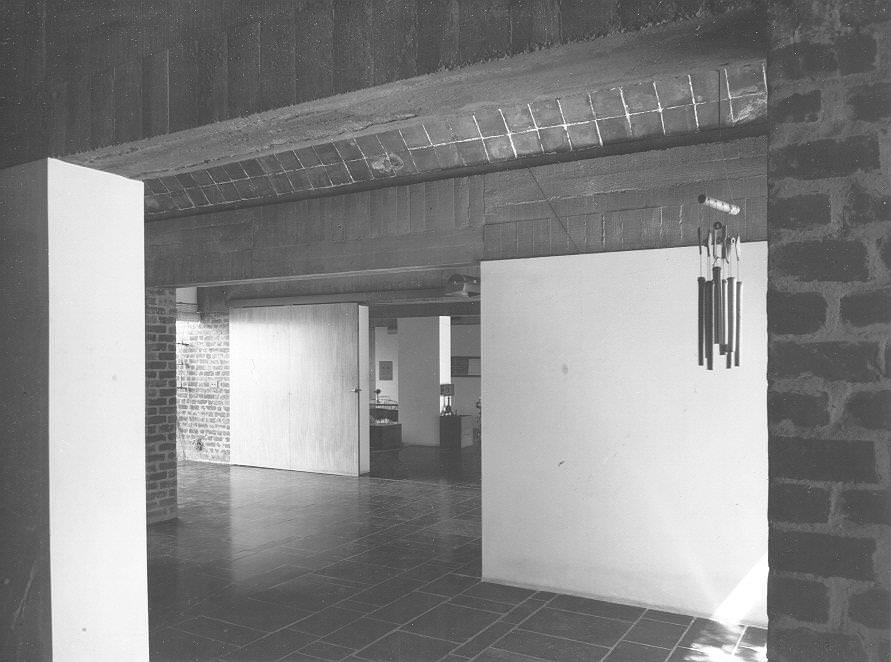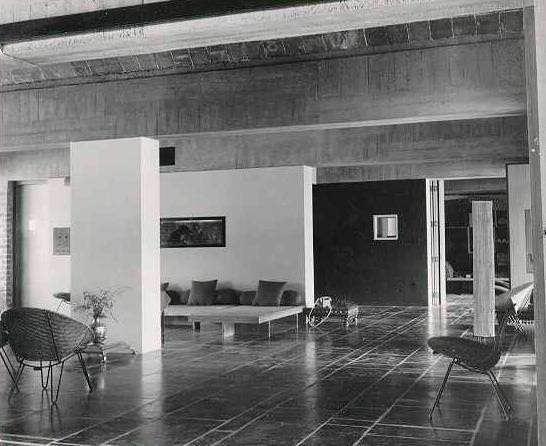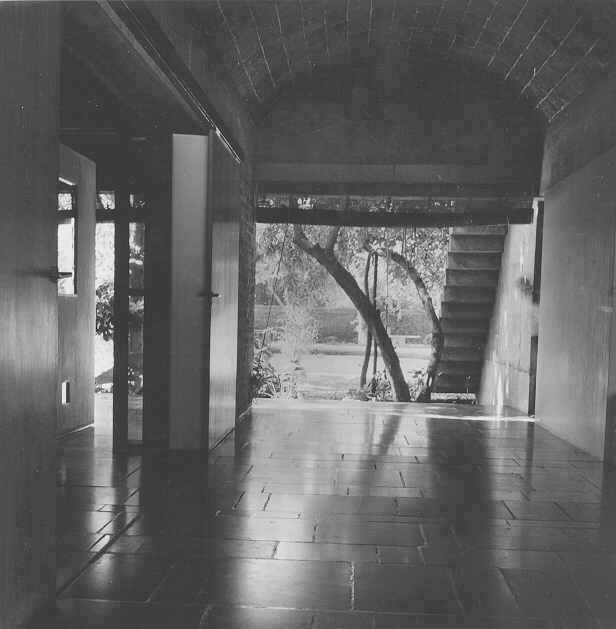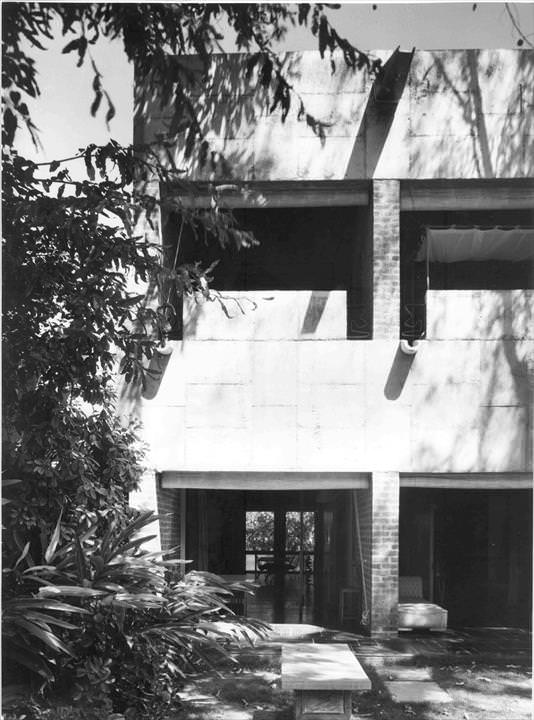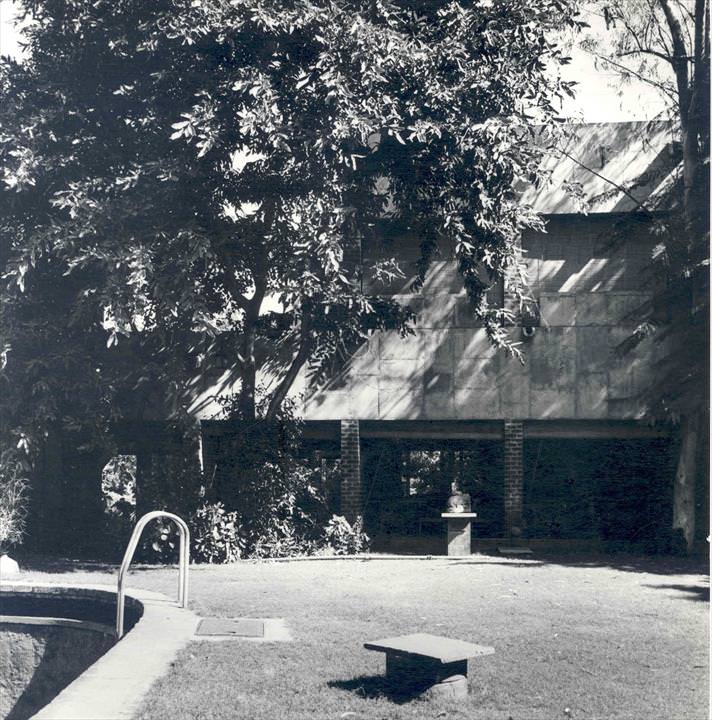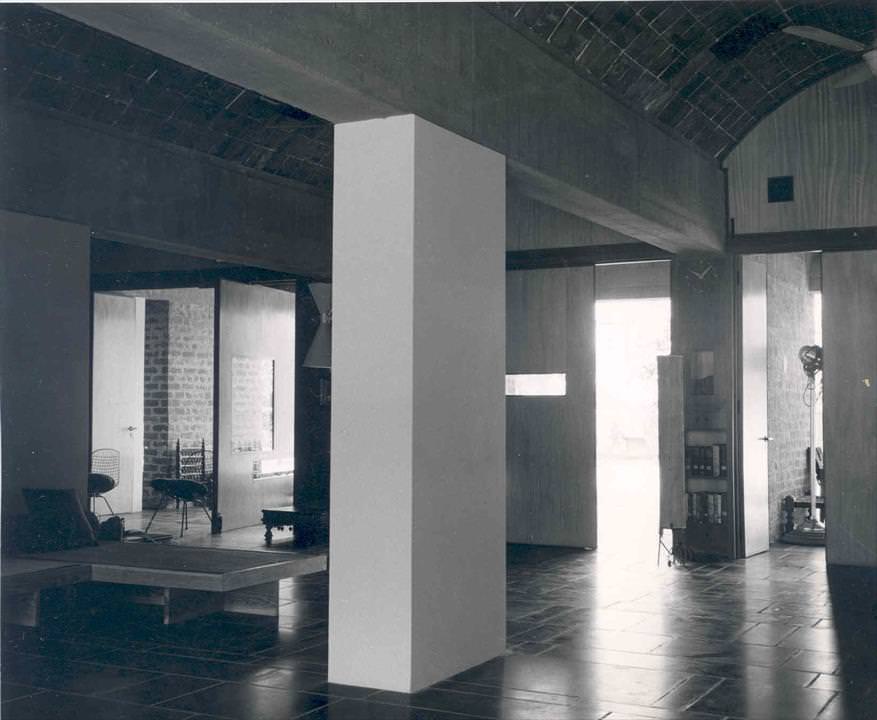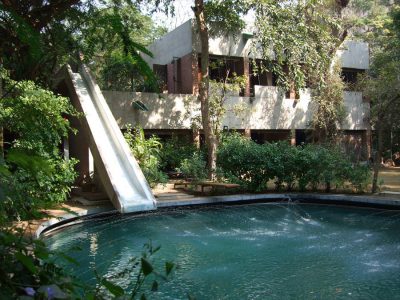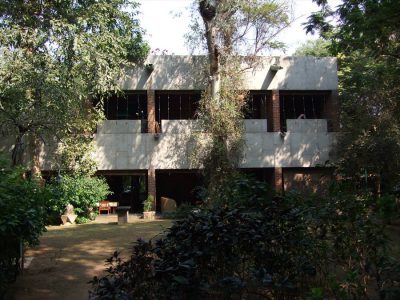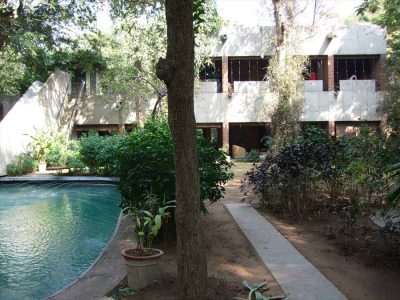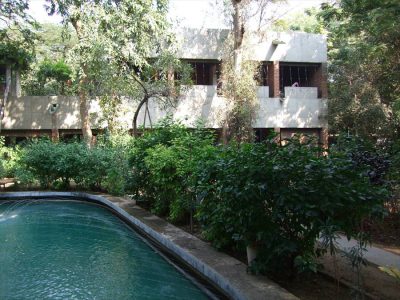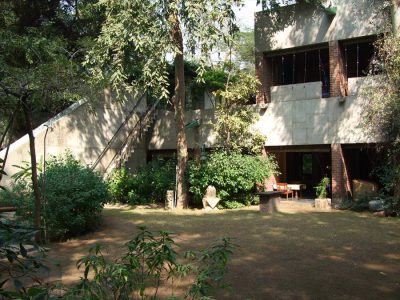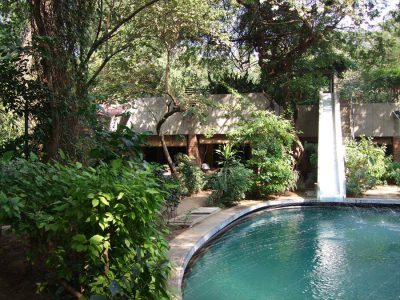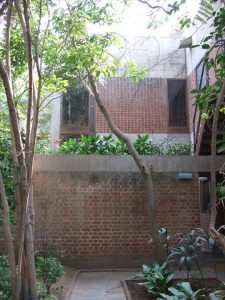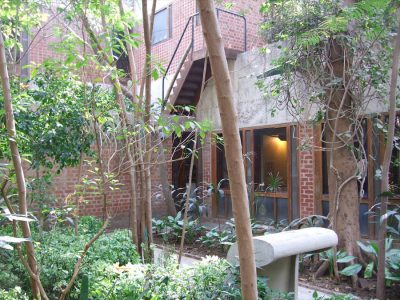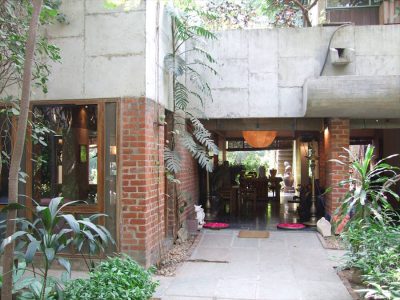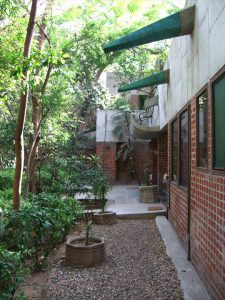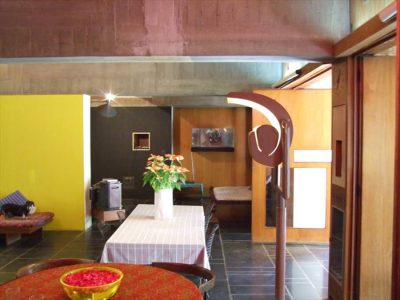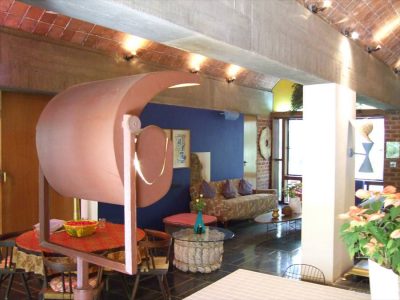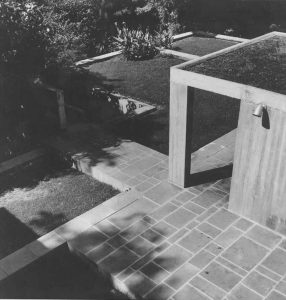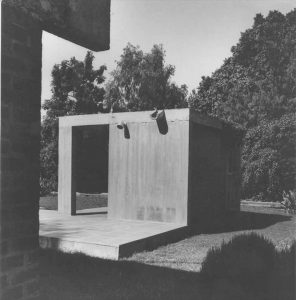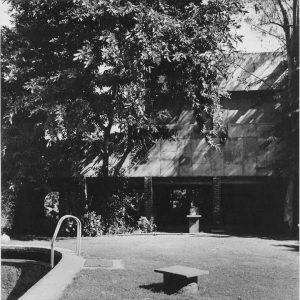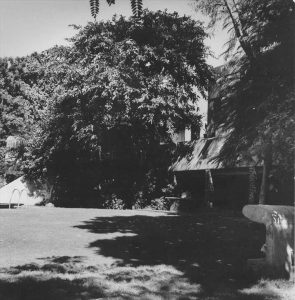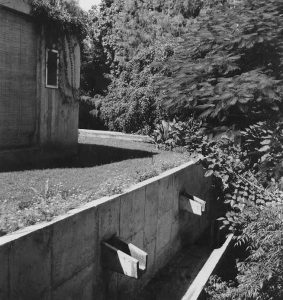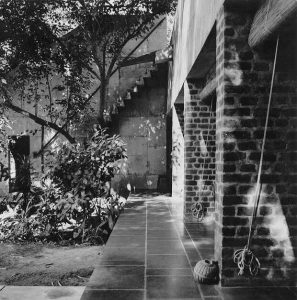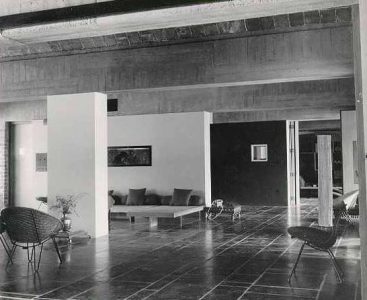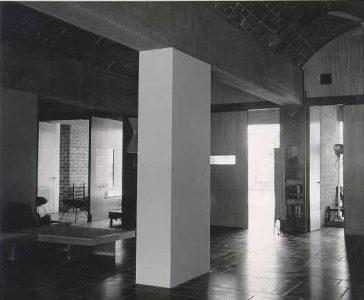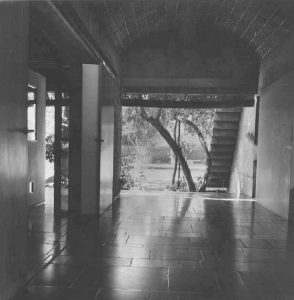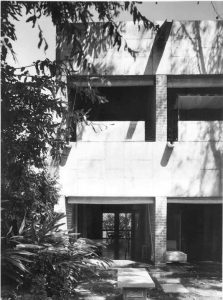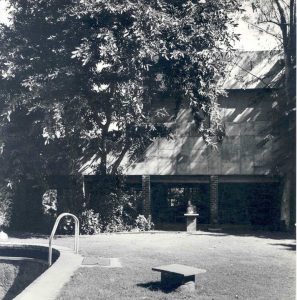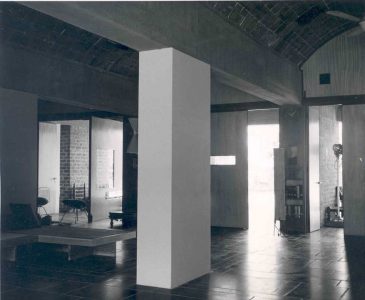Villa Sarabhai
Ahmedabad, India, 1951-1956
« Comfort is cold, it's a draft, it's shade. And yet the sun must penetrate at favorable hours and at useful seasons »
Daniel Williamson, Modern Architecture and Capitalist Patronage in Ahmedabad, India, 1947-1969, PhD dissertation, New York University 2015, pp. 384-411
Commission
An archetype of Brutalism, the Sarabhai house is located in Ahmedabad, in the north-western part of India, characterized by periods of high heat and monsoon. As well as the capital of the state of Gujarat, Ahmedabad was also that of the Indian textile industry, an activity in which the Sarabhai family thrived.
The villa was commissioned in November 1951 by Manorama Sarabhai, a young widow and heiress to one of the most important dynasties in the city, who wanted a house evocative of Western modernism. The programme must on the one hand allow her to live with her two sons and on the other hand be flexible in its uses. It must also meet the needs of a family of the Jain religion, respectful of traditions and nature, who wanted an airy house open to the lush park of the family estate.
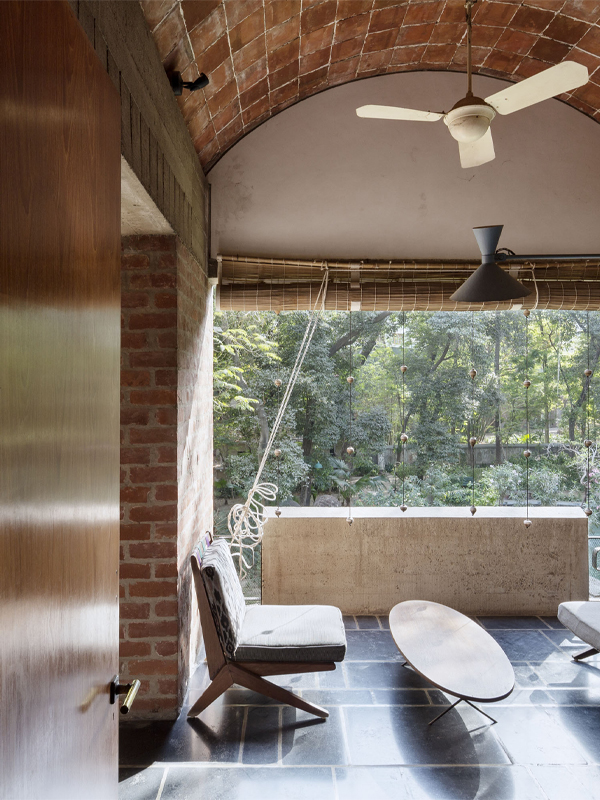
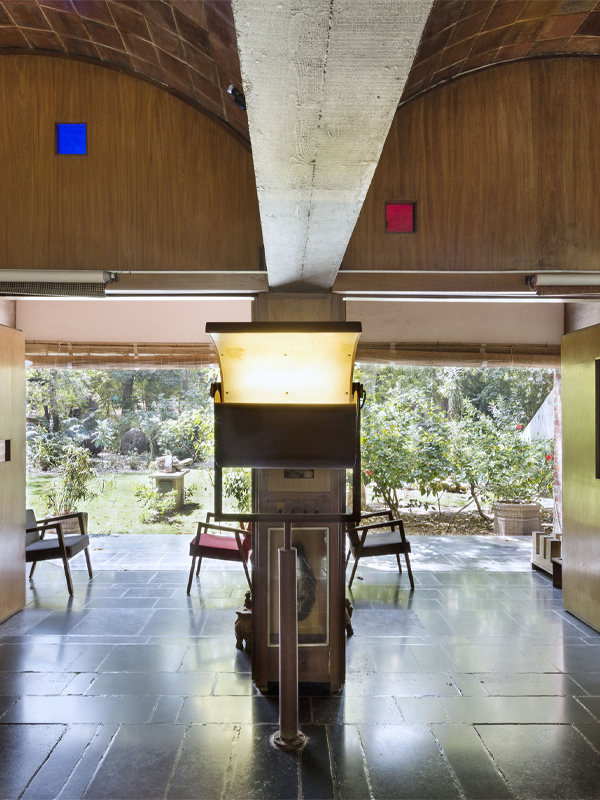
Project
Le Corbusier chose a windblown location for the villa, which at the same time could barely be glimpsed through the trees surrounding it. The villa is divided into three spaces, two of which are occupied by apartments that have been created for children, one on the ground floor and the other upstairs which is equipped with a concrete slide directly connecting it to the swimming pool.
Le Corbusier takes up the principle of the Catalan vaults already used for the Jaoul houses in Neuilly. Made of raw concrete and brick walls, they form a green roof terrace and offer inside a shaded area open on either side to the garden.
The walls that support the vaults are interrupted by openings of different sizes, creating a continuous spatial composition. The private spaces are separated from the reception rooms by “chwoks”, small courtyards traditionally used in Indian architecture for ventilation. The villa is very partially partitioned with wooden blinds while heavy doors, also in wood, close the rooms on the garden side during the hottest hours. To complete this system of protection against the sun, Le Corbusier placed concrete brise-soleils on the facades.
The polychrome (red, blue, yellow, gray) of the domestic spaces is balanced by the austerity of the exterior walls of raw concrete left exposed or whitewashed. The black colored Madras stone floor is laid out according to the dimensions of the Modulor. Le Corbusier calls it “optimal paving”.
Le Corbusier regrets that the swimming pool, completed in 1956, was not built according to his drawings: “We will not fail to admire the swimming pool at the foot of a majestic slide, a swimming pool reduced by the solicitude of an anxious mother to the role of an air-cooling pool. A sad adventure for a waterslide! To end up dipping its nose in a basin of footbaths! The solution was there, of course: show some respect for the architect’s drawings, for the author of the project!” Le Corbusier, Œuvre complète, volume 6, 1952-1957
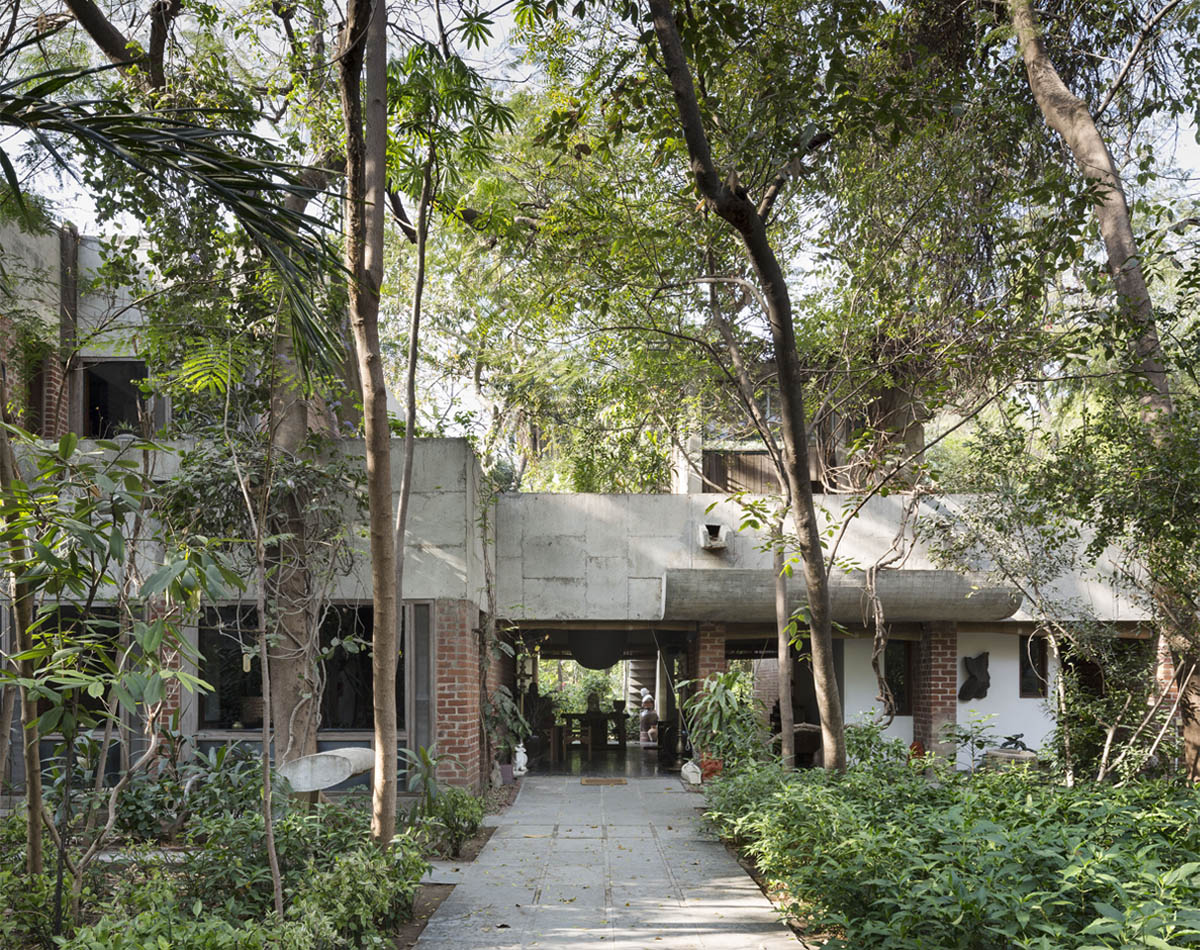
Subsequent History
The House still belongs to the Sarabhai family who live there and maintain it.
